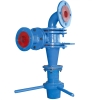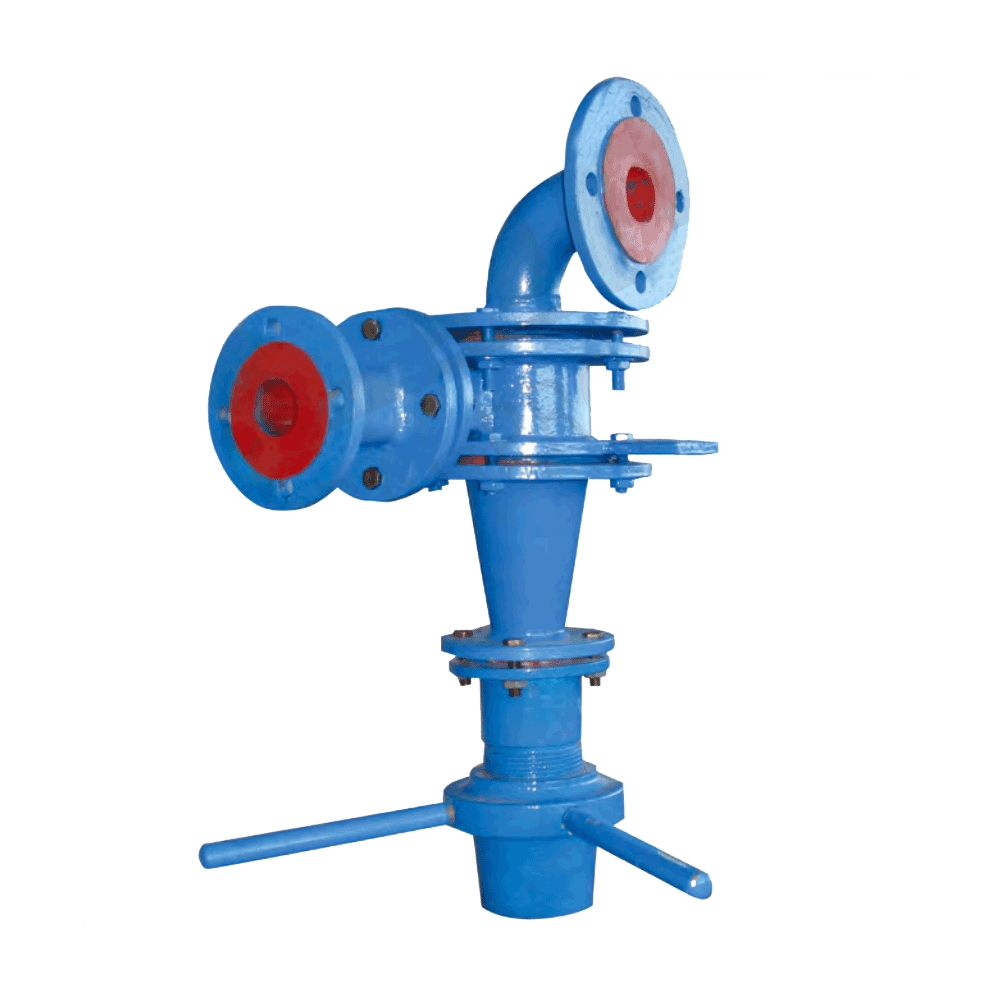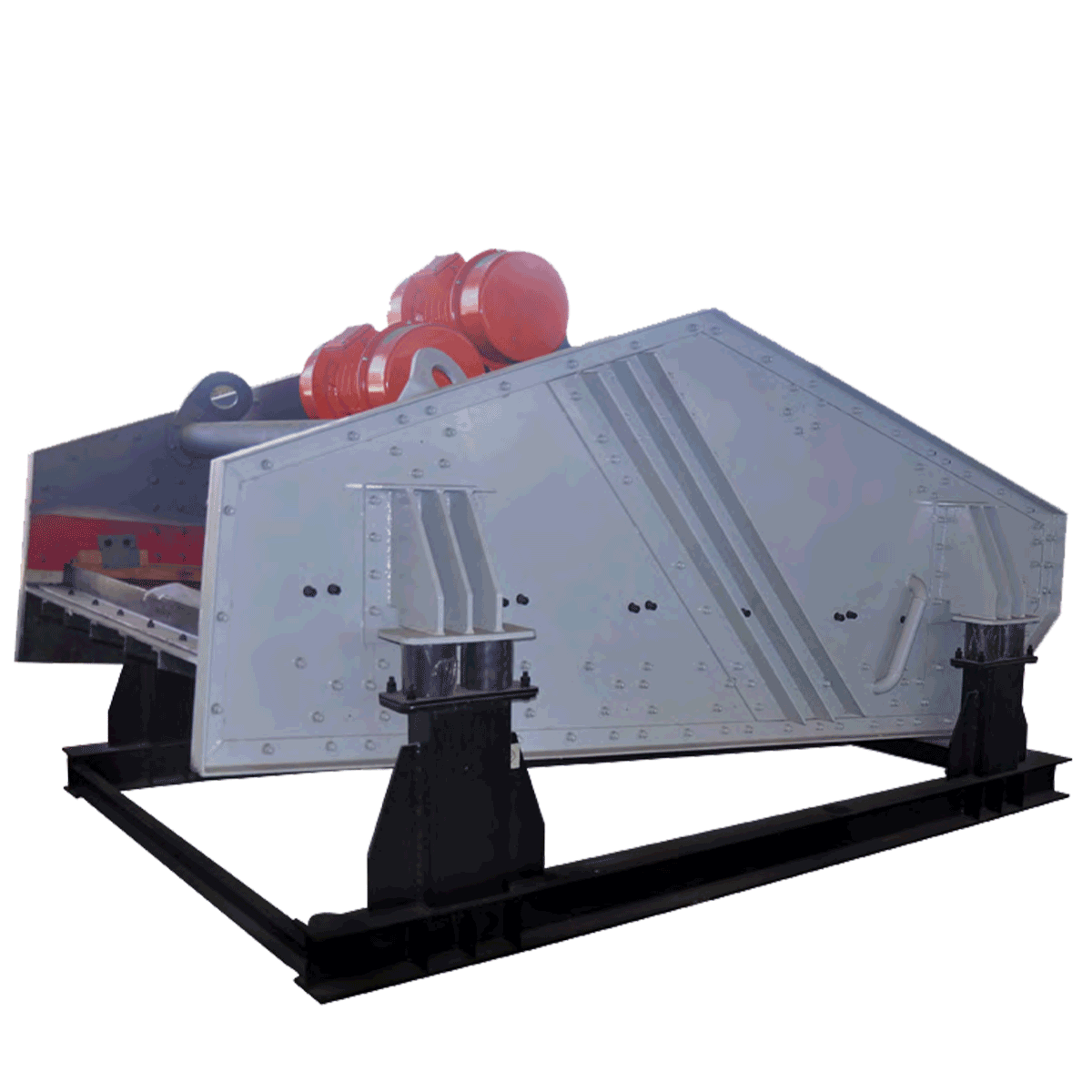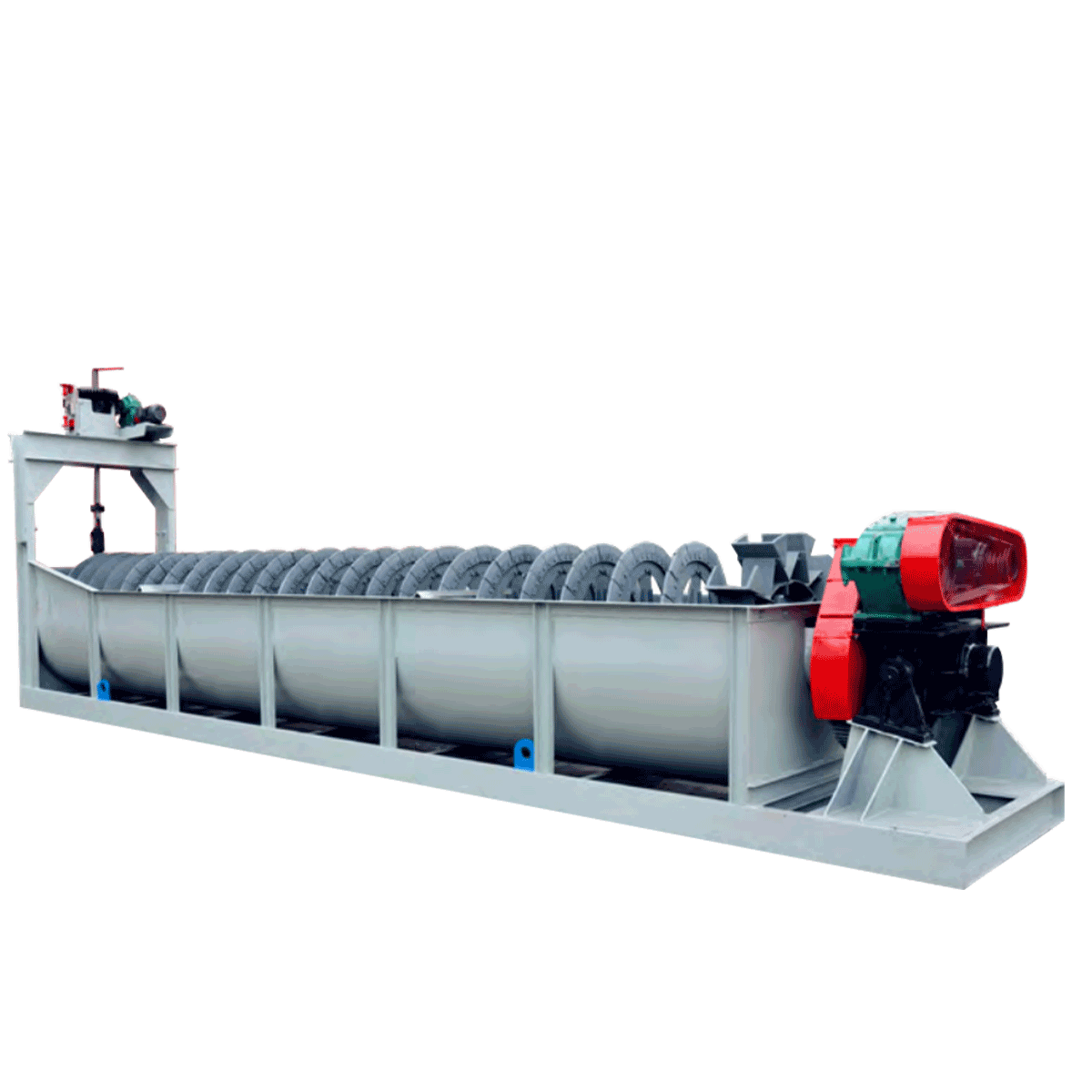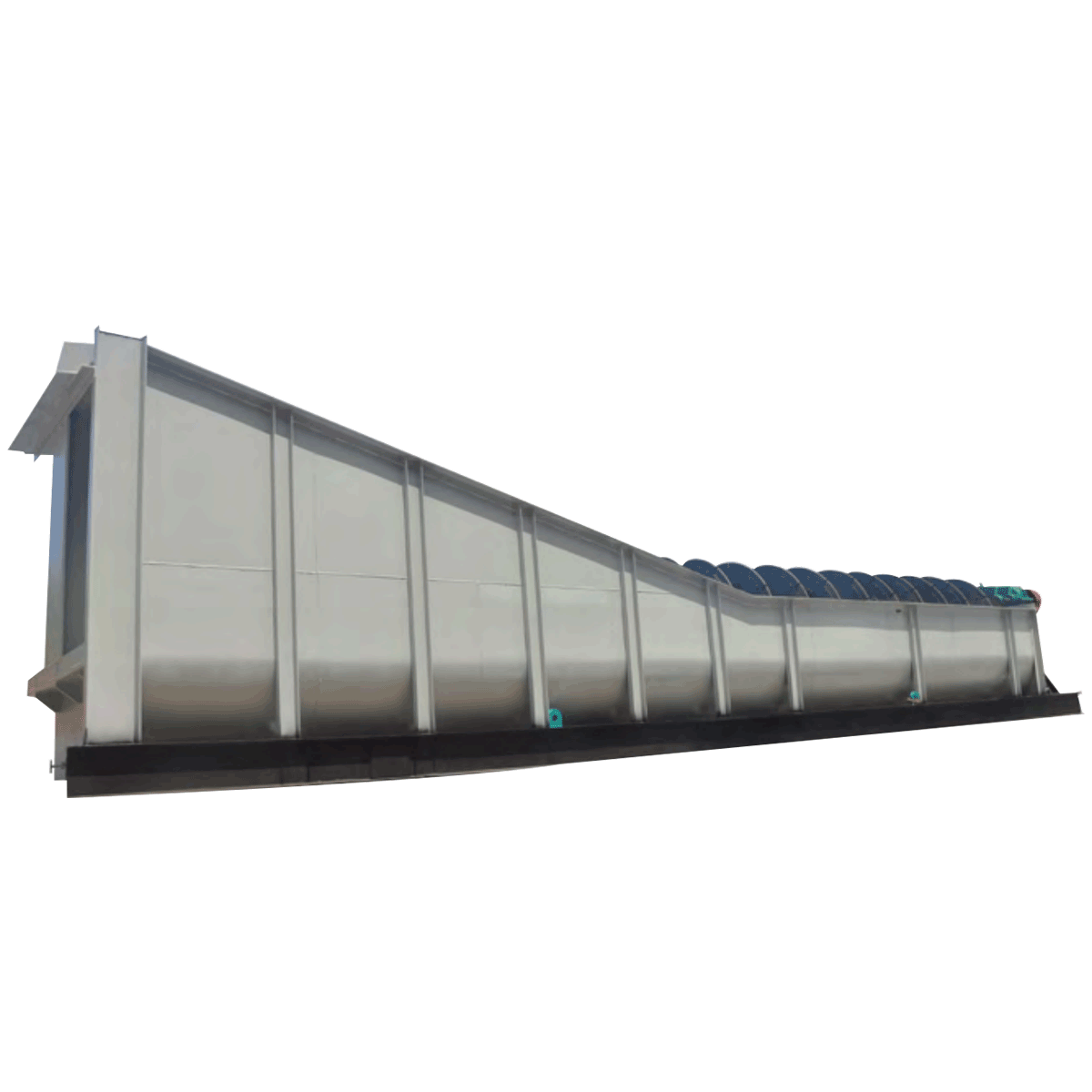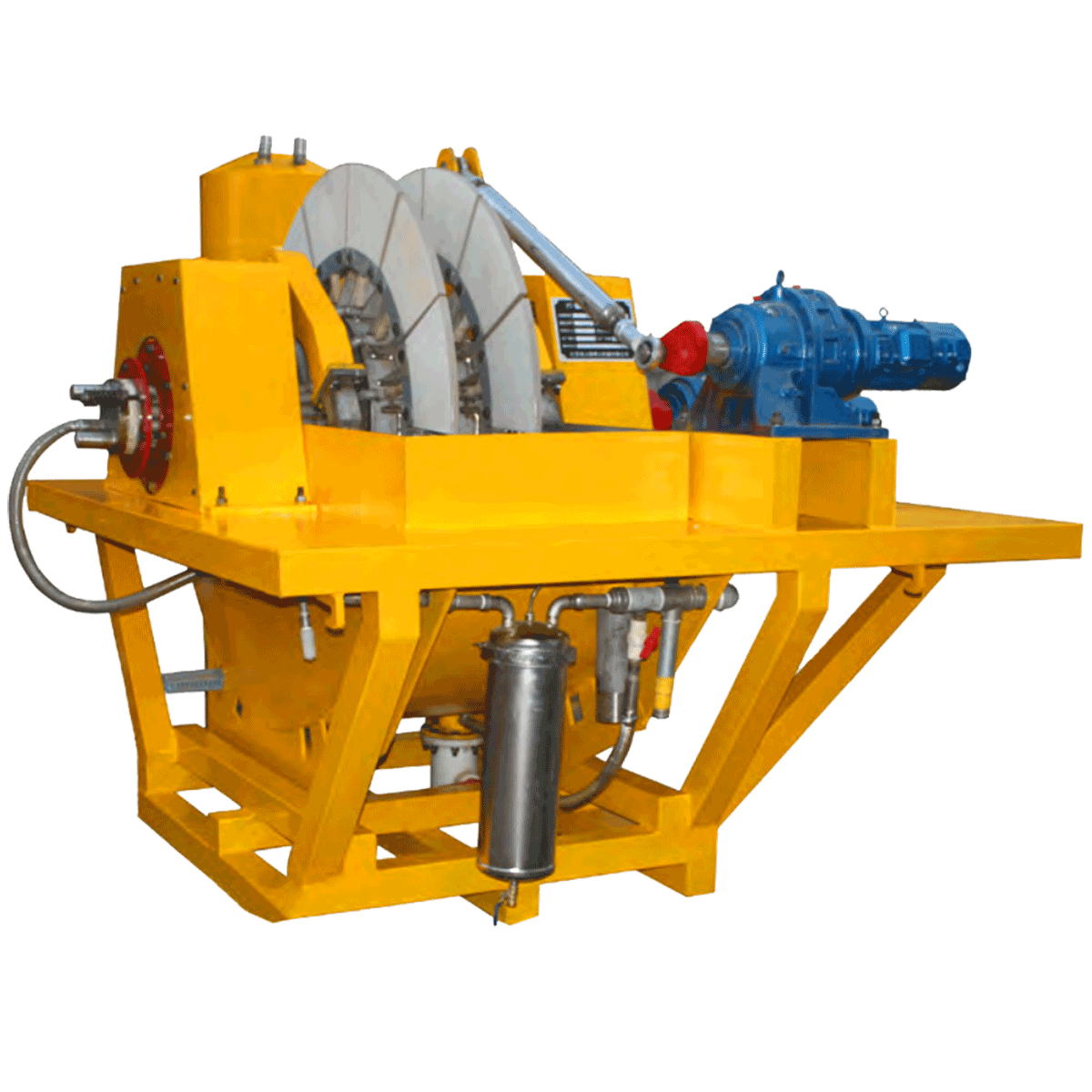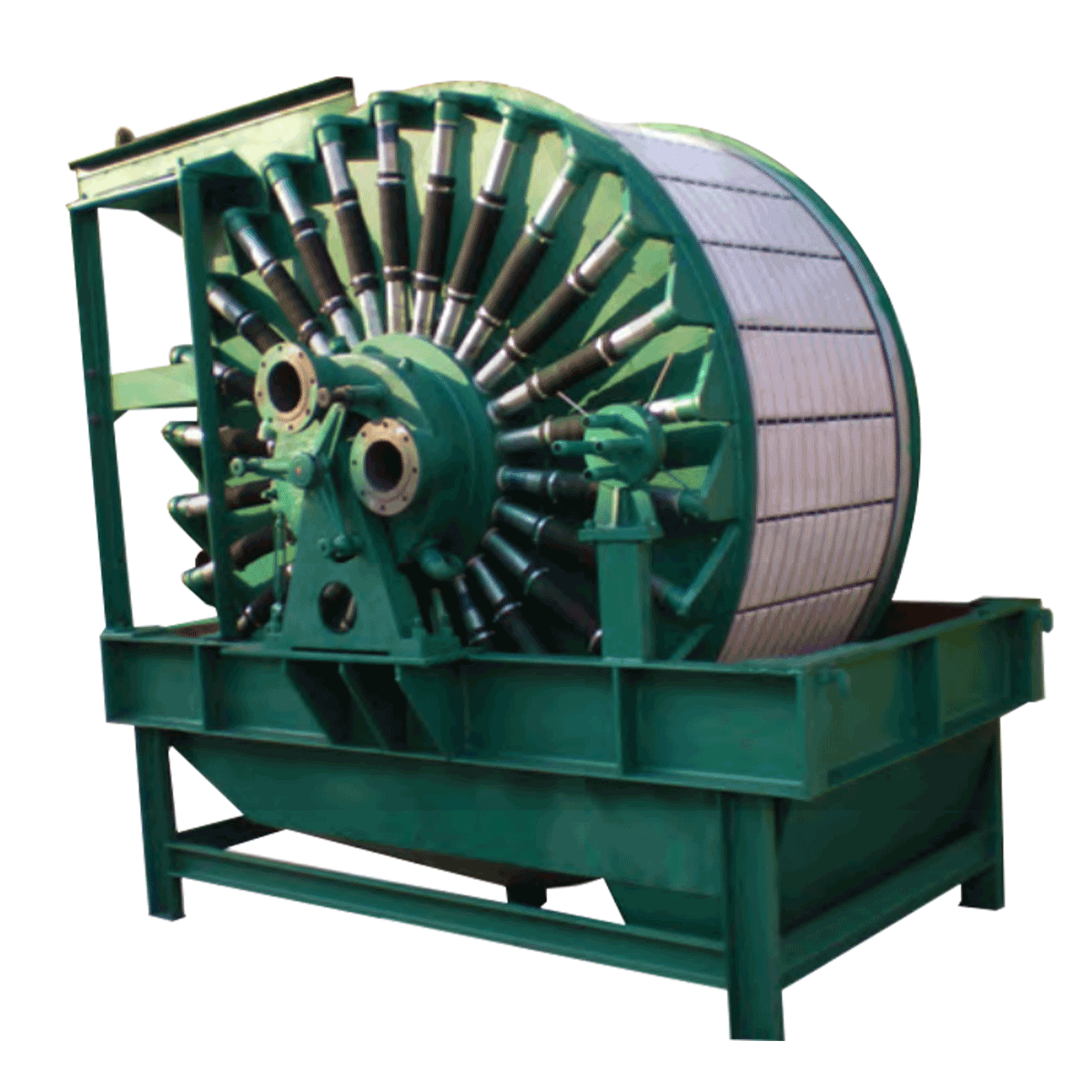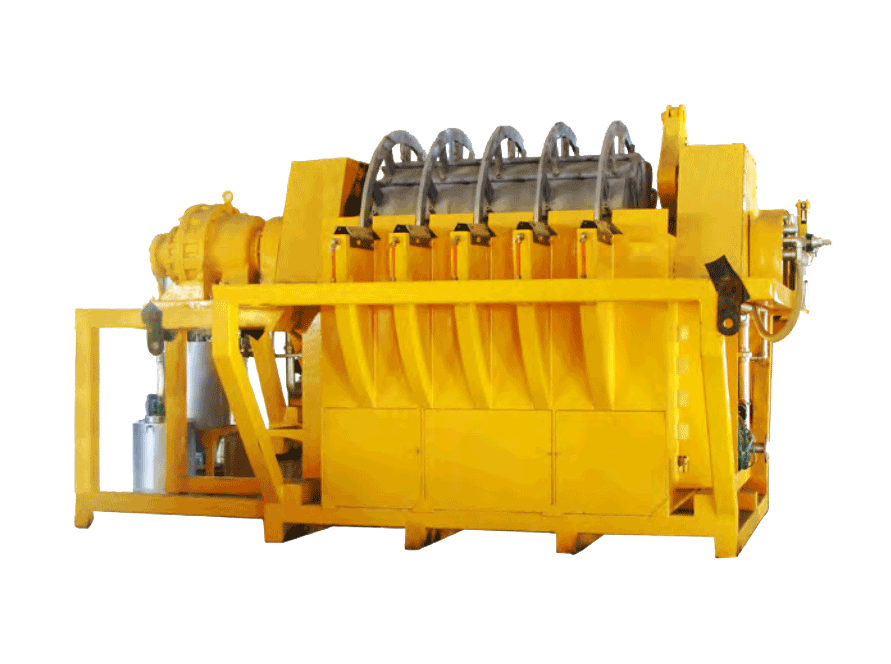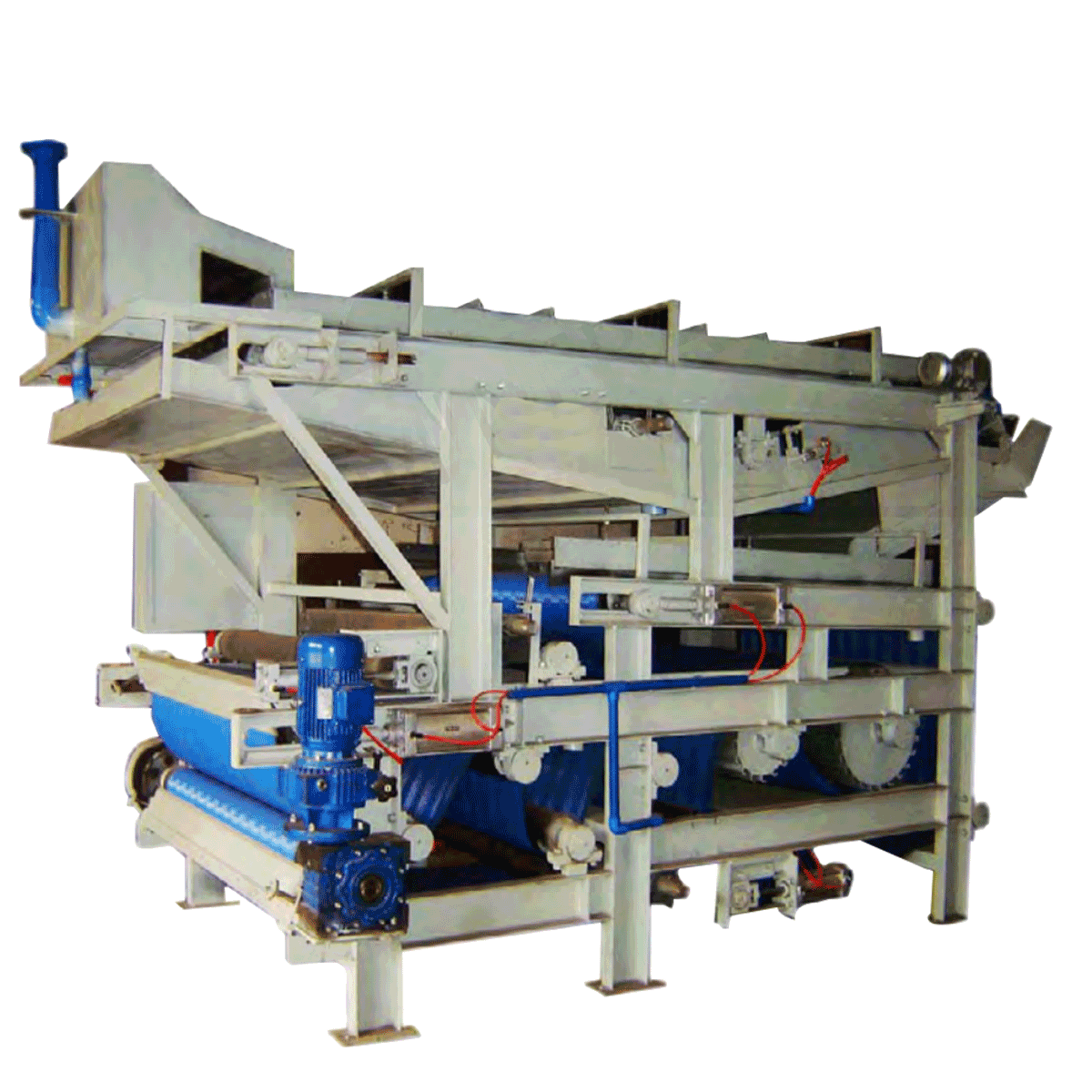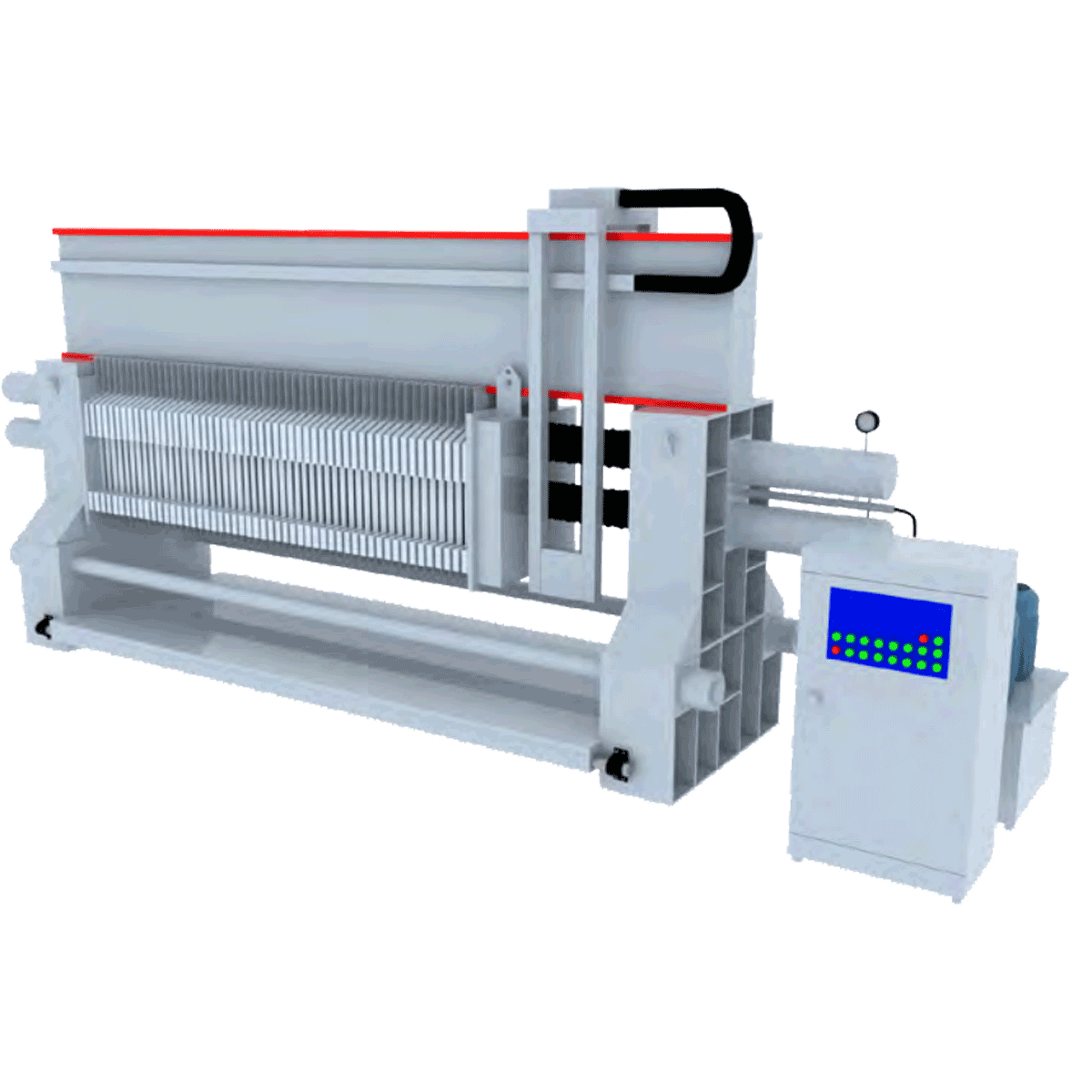Description
Description
XC Ⅳ hydrocyclone
Principle Overview
The slurry enters the shell in the tangential direction through the feed pipe under pressure, and does rotary motion inside the shell, and the coarse particles or dense particles in the slurry enter the periphery of the rotary flow due to the large centrifugal force.
The coarse particles or particles with high density enter the periphery of the rotating flow due to the large centrifugal force, and are finally discharged as sand sediment from the bottom
The coarse particles or dense particles in the slurry enter the periphery of the rotary flow due to the larger centrifugal force, and finally discharged by the bottom of the sand sinking nozzle to become sand; the fine particles are subject to smaller centrifugal force, and are in the center of the rotary flow and
The fine particles have less centrifugal force and are in the center of the rotary flow and move upward with the liquid flow, and finally discharged from the overflow pipe as overflow.
XCⅣ type hydrocyclone is a kind of hydrocyclone with international advanced level developed by Xinhai Company.
All the overflow parts are made of wear-resistant rubber. The cyclone not only has a reasonable structure size, but also has a specially designed up and down adjustable
The cyclone not only has reasonable structure size, but also has a special design of up and down adjustable tightening sleeve, which can be used to adjust the length of the sand sinking nozzle accurately, and it is convenient to operate.
The index fluctuation is small.
Features of the equipment
The specially equipped tightening sleeve can precisely adjust the resistance of the sand-sinking nozzle, so as to precisely adjust the classification index of the cyclone.
The grading index of the cyclone can be adjusted accurately;
◎ Reasonable structure design, high classification index and small fluctuation of index;
It is especially suitable for the classification and dewatering of fine-grained materials.
Scope of use
It is especially suitable for the classification and dewatering of fine-grained materials.
Principle Overview
The slurry enters the shell in the tangential direction through the feed pipe under pressure, and does rotary motion inside the shell, and the coarse particles or dense particles in the slurry enter the periphery of the rotary flow due to the large centrifugal force.
The coarse particles or particles with high density enter the periphery of the rotating flow due to the large centrifugal force, and are finally discharged as sand sediment from the bottom
The coarse particles or dense particles in the slurry enter the periphery of the rotary flow due to the larger centrifugal force, and finally discharged by the bottom of the sand sinking nozzle to become sand; the fine particles are subject to smaller centrifugal force, and are in the center of the rotary flow and
The fine particles have less centrifugal force and are in the center of the rotary flow and move upward with the liquid flow, and finally discharged from the overflow pipe as overflow.
XCⅣ type hydrocyclone is a kind of hydrocyclone with international advanced level developed by Xinhai Company.
All the overflow parts are made of wear-resistant rubber. The cyclone not only has a reasonable structure size, but also has a specially designed up and down adjustable
The cyclone not only has reasonable structure size, but also has a special design of up and down adjustable tightening sleeve, which can be used to adjust the length of the sand sinking nozzle accurately, and it is convenient to operate.
The index fluctuation is small.
Features of the equipment
The specially equipped tightening sleeve can precisely adjust the resistance of the sand-sinking nozzle, so as to precisely adjust the classification index of the cyclone.
The grading index of the cyclone can be adjusted accurately;
◎ Reasonable structure design, high classification index and small fluctuation of index;
It is especially suitable for the classification and dewatering of fine-grained materials.
Scope of use
It is especially suitable for the classification and dewatering of fine-grained materials.

Parts List


